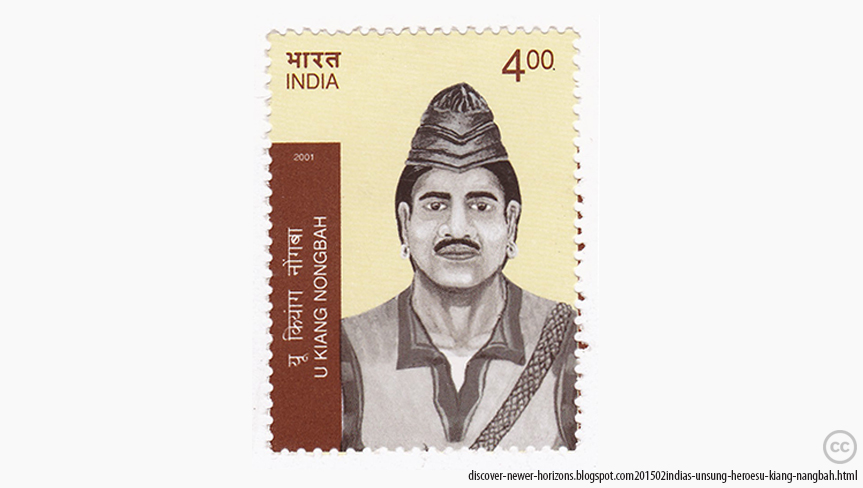Plastic surgery is the fad of the era among celebrities today. The term ‘plastic’ comes from the Greek word ‘plastikos’ which means ‘to mould or shape’. Plastic surgeries using modern techniques gained popularity not until 20th century. Nevertheless, the idea has existed since ancient times.
The history of surgical sciences credits the ancient Indian physician Sushruta as the first ‘surgeon’ to conduct skin grafts. The Sushruta Samhita, his treatise in Sanskrit dealing with medicine and surgery, has the earliest description of the technique of rhinoplasty. Along with his team of disciples, he conducted surgeries to reconstruct the looks of a person.
Using a small bridge of tissue from other parts of the body, for the grafts, he helped in correcting damaged and disfigured skin. The ancient text contains descriptions of ear and nose reconstructions lost either in battles or as punishment. Sushruta explained the ‘attached flap’ method in his text. The surgeon would cut skin from the forehead or cheeks and and twist into place on the damaged nose. To facilitate breathing, the surgeon would insert two polished tubes through the nostrils. This procedure, also known as the ‘Indian method of rhinoplasty’, remained secret for a long period.
Ancient Egyptians too had their techniques of plastic surgery. However, they rarely performed the surgeries on living people. In fact, Egyptians used those techniques to reconstruct features of the dead in order to highlight their prominent features in the afterlife. The Edwin Smith Papyrus indicates that Egyptians possessed the skills to perform the surgeries on the living. However, there is no documented proof to suggest that it was done.











